
Meet the herd – the eight wild bison on a wilding journey in Canterbury
Since bison were released into West Blean and Thornden Woods on the outskirts of Canterbury, they have not only transformed the landscape but significantly grown in number.
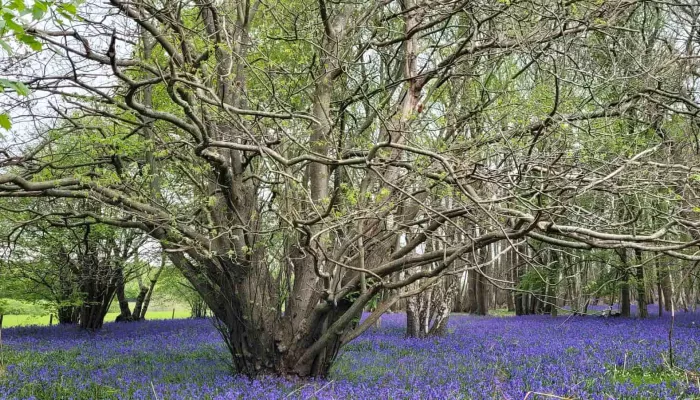
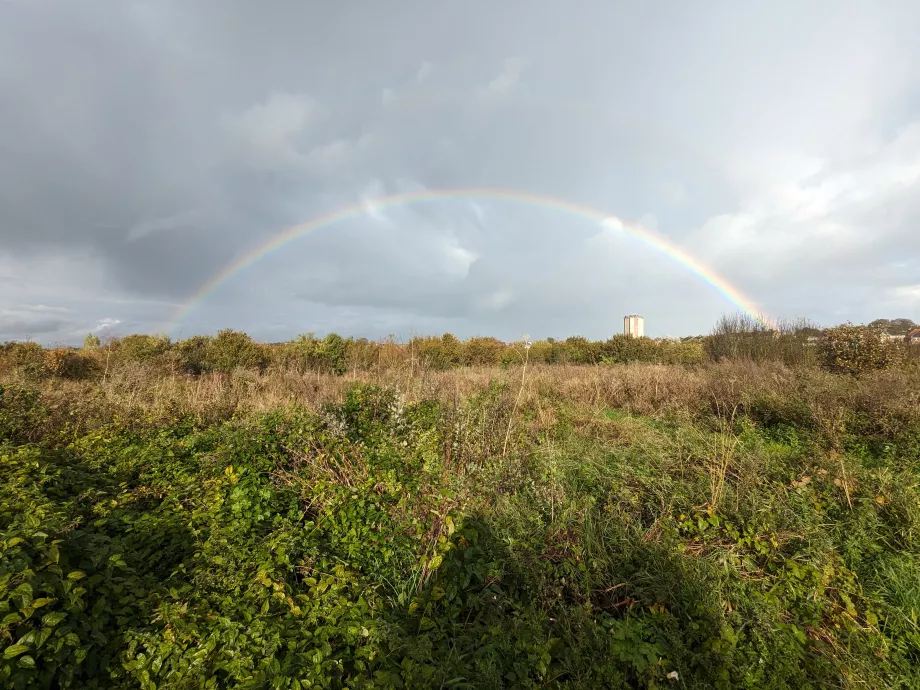
Unlike statutory sites like SSSIs, LWSs do not receive legal protection although the importance of international, national and locally designated sites is recognised in government policy. The 2012 National Planning Policy Framework says protection should be “commensurate with their status and give[s] appropriate weight to their importance and the contribution that they make to wider ecological networks”.
The Local Planning Authorities in Kent (the County Council, Medway Unitary Authority, and the various District, Borough and City Councils) recognise the importance of Local Wildlife Sites, and provide protection for them in their various Local Plan documents. Generally, planning policies protect against development which would damage the wildlife interest of any Local Wildlife Site, except where the need for development is so great that it is judged to override that interest.
Clearly, these precious sites hold a great deal of potential for our wildlife. What specific functions do LWSs provide, and what can we do to protect them further?
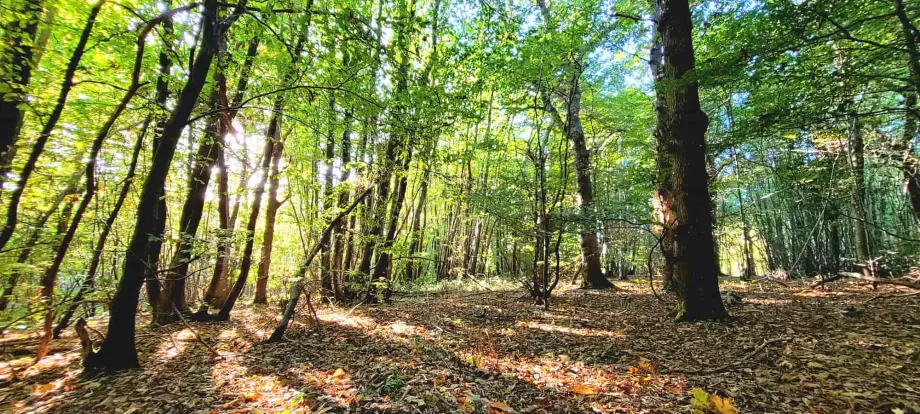
Aside from their inherent value for biodiversity, Local Wildlife Sites also provide a range of benefits for people and wildlife too.
Kent Wildlife Trust manages the Local Wildlife Sites system on behalf of Kent Nature Partnership. The Kent Nature Partnership Board, advised by its Management Working Group, makes the final decision on the criteria by which sites should be chosen, and on the selection of individual sites. This Group includes representatives from wildlife bodies, local authorities, and organisations representing land-owners and farmers. However, the direct management of these sites and their condition is the responsibility of individuals and organisations that own land within LWSs. Whilst landowners do not have a legal obligation to manage their land in the LWS for wildlife, it is hoped that, through working with KWT and other partnerships, they will consider biodiversity enhancement and wildlife conservation initiatives as part of their management plans.
As we want to encourage landowners to manage their land in the best possible way for wildlife, we can offer advice and support for suitable management for landowners of LWSs. Wherever possible, the Trust will try to provide initial help and advice for free, or will seek to cover costs through grant aid.
As discussed earlier, LWSs are designated for their importance for wildlife at a local level, which may support threatened habitats or species. When a potential new LWS is proposed, a desktop search is undertaken, using a variety of data sources include biological records and land registry searches in order to obtain permission to survey the site. This data is then compared against the selection criteria (guidance for which can be downloaded from our website here) and the landowner will be consulted for feedback prior to the site being approved by KNP and the corresponding District Council.
It is important to point out that designating an area of land does not grant public access or rights of way to the site and information on land ownership is not made publicly available.
Local Wildlife Sites stand as a testament to Kent’s ecological diversity and play a significant role in connecting unique habitats across the landscape, enhancing the wellbeing of both wildlife and communities. As we explore some of the management strategies and landowner perspectives in upcoming blogs, we hope you will help us to continue championing these vital habitats, safeguarding their integrity, and embracing their significance in sustaining Kent's biodiversity for generations to come.
In the meantime, you can learn more about some of the specifics in our PDF here.

Since bison were released into West Blean and Thornden Woods on the outskirts of Canterbury, they have not only transformed the landscape but significantly grown in number.
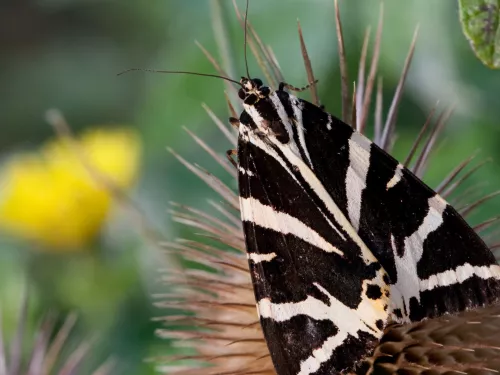
Margery Thomas, Hothfield Volunteer and regular columnist looks at the lack of butterfly sightings in recent months, the work volunteers are doing to remove bracken and how this all impact the wider management of the last remaining fragments of heathland…
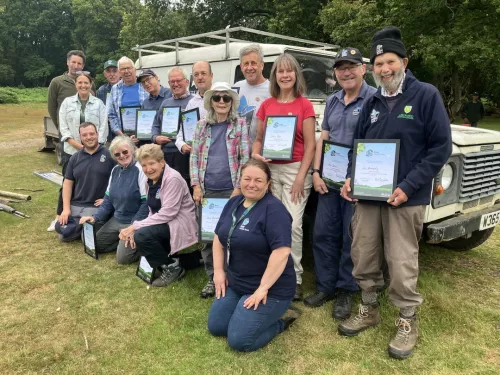
By August, floral glory has passed from the orchids (heath spotted, southern marsh and a few large hybrids) to the heather or ling. As ever, we hope for a protracted display of purple in the heathy areas, which is likely if the cool nights persist. Orchid…